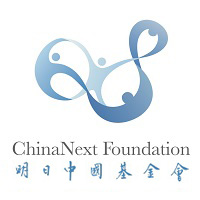
The rapid growth of the non-profit sector in China, and what it means
Post by 2015-07-09

Picture:Andy Wong - AP
The non-profite sector is a relatively newphenomenon in China. In 1977 there were just 71 International Non-GovernmentOrganizations (INGOS) registered in China. Since then, however, there has beensignificant expansion of this space in Chinese civil society, with 484 INGOSregistered in 1986, and 2,297 in 2002.
From the late 1990’s the Chinese governmentincreasingly encouraged a semi-official NGO sector, recognizing the importantcontribution NGOs have to make in providing social services to a vastpopulation. Government and Party departments set up a number of entities toadvance charity, research, and policy objectives. These are called GONGOs, orGovernment Organized Non-Governmental Organizations.
Over the years, the GONGOs have formedpartnerships with both domestic grassroots NGOs, and larger internationalorganizations. Funding and expertise from international NGOs, like Save theChildren, can be accessed, while grassroots activity helps with accessing thedisadvantaged and understanding needs. Priority areas for action are socialservices provision, economic development, womens rights and environmentalprotection. That much ground has been covered is evident in the numbers: in2006 it was estimated that China was home to around 244,000 officiallyregistered GONGOs and NGOs.
Family ties play a very strong role in theorganization of Chinese society, and have been the traditional vehicle for asocial safety net. Charity work and volunteering has also been exclusively thedomain of the state, until at least the 1980’s. The burgeoning NGO sectorrepresents a new space in Chinese society, where the civic consciousness andreciprocity that contribute to the health of a society can flourish. This iswhat China Next Foundation seek to promote by supporting our Next Fellows intheir work.
Citations:
TheNGO Community in China, Chen Jie 2006


